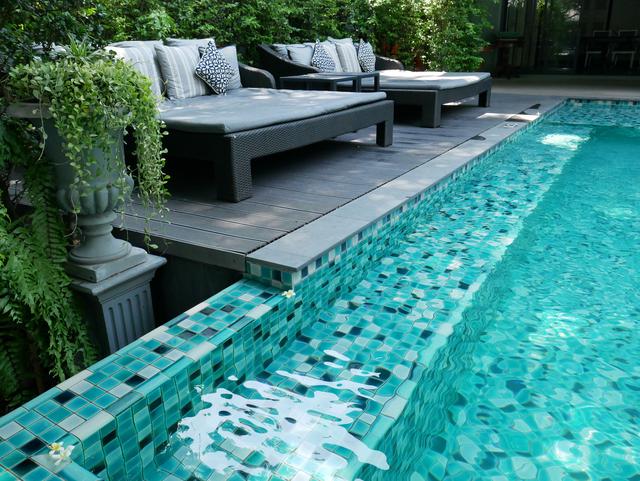Retaining walls are essential for preventing soil erosion, managing drainage, and enhancing the beauty of your landscape. If you are a homeowner planning to install a retaining wall under 3 feet tall, there are several things to consider. Here are the top three considerations and the average cost of the project.
Location and Design
Before installing a retaining wall, consider the location and design. The location determines the type of wall you need, and the design affects its functionality and aesthetics. A retaining wall can be freestanding or attached to a building foundation, and the choice depends on the terrain and intended purpose. For example, if you want to create a terraced garden, a freestanding wall is suitable. However, if you want to support a driveway or patio, an attached wall is better.
The design of a retaining wall includes its shape, height, and material. The shape should complement the landscape and provide a smooth transition between different levels. The height should not exceed the local building code requirements and the soil pressure. Generally, a wall under 3 feet tall does not require a permit, but it is advisable to check with your local authorities.
The material of a retaining wall varies from natural stone, concrete blocks, bricks, wood, or gabion baskets. Each material has its advantages and disadvantages, such as durability, cost, maintenance, and aesthetics. For example, natural stone is durable and aesthetically pleasing, but it is more expensive and requires professional installation. On the other hand, concrete blocks are affordable and easy to install, but they may lack the natural look of stone.
Cost and Maintenance
The cost of installing a retaining wall depends on various factors such as location, design, material, and labor. On average, the cost ranges from $1,500 to $5,000 for a wall under 3 feet tall. However, the cost can increase or decrease depending on the complexity of the project.
When estimating the cost, consider the material cost per square foot, labor cost per hour, and additional expenses such as equipment rental, delivery, and permits. It is advisable to get several quotes from different contractors and compare their prices and services. However, do not compromise on quality for the sake of cost.
Maintenance is another consideration when installing a retaining wall. A well-maintained wall can last for decades and enhance the value of your property. On the other hand, a neglected wall can deteriorate quickly and cause safety hazards. The maintenance activities include inspecting for cracks or bulges, cleaning, and repairing any damage. It is also advisable to landscape around the wall to prevent water buildup and soil erosion.
Installing a retaining wall under 3 feet tall can enhance the beauty, functionality, and safety of your landscape. However, it requires careful planning, design, and maintenance. Consider the location and design, cost, and maintenance when choosing the material and contractor. With the right choice, a retaining wall can be a valuable asset to your property for years to come.






comments